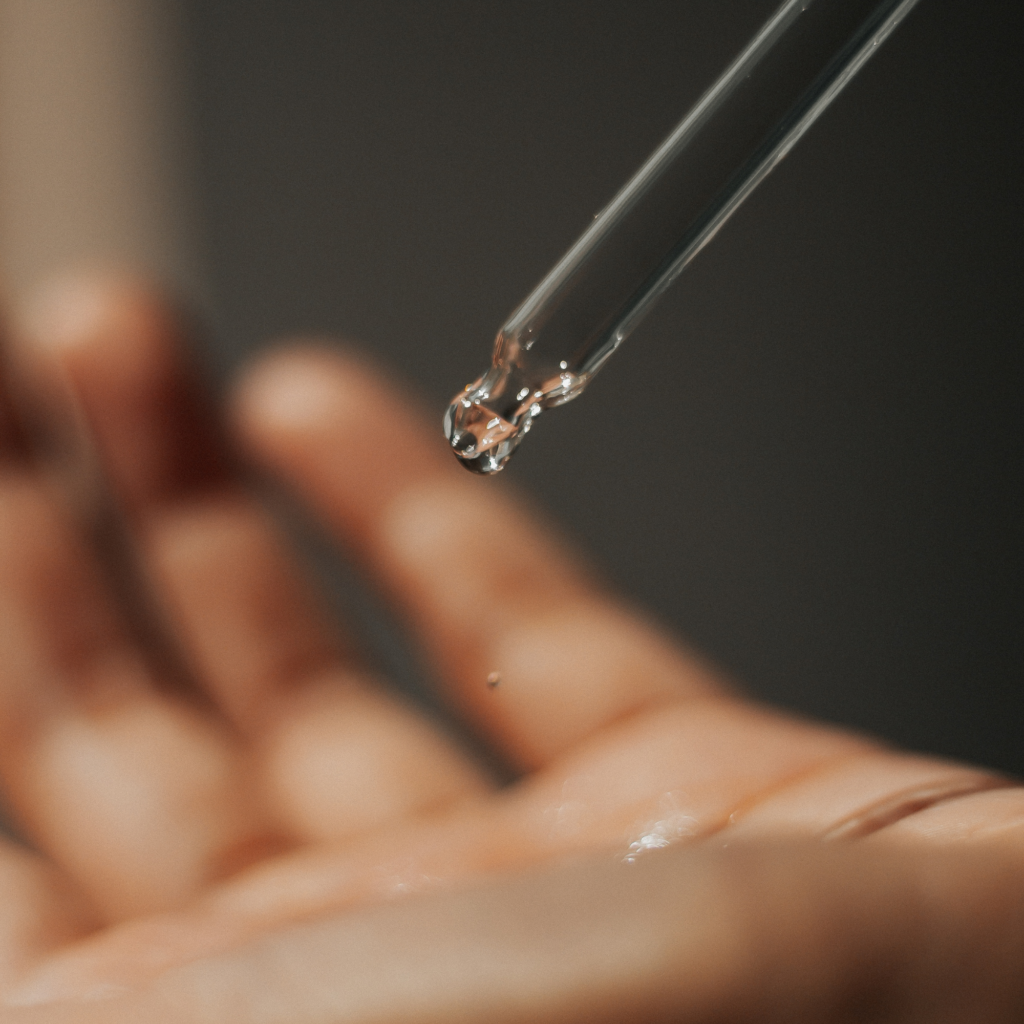When choosing the best ingredients for an effective anti-aging skincare routine, peptides and retinol often come into play. Both are celebrated for their powerful effects on reducing signs of aging and enhancing skin health, but they each bring unique benefits to the table. This comprehensive guide will dig deeper into the roles of peptides and retinol, compare their effectiveness, and provide practical advice on how to incorporate them into your skincare regimen.

What Are Peptides and Retinol?
Peptides: The Building Blocks of Youthful Skin
Peptides are short chains of amino acids, the fundamental building blocks of proteins like collagen and elastin. In skincare, peptides are used to signal the skin to produce more collagen, which helps maintain its firmness and elasticity. Peptides can also enhance the skin’s barrier function, improve hydration, and support the repair of damaged skin.
Key Benefits of Peptides:
Stimulate Collagen Production: Peptides signal the skin to produce more collagen, which helps reduce the appearance of fine lines and wrinkles.
Support Skin Repair: Peptides play a role in healing and repairing damaged skin, improving overall texture and resilience.
Enhance Hydration: By strengthening the skin’s barrier, peptides help retain moisture, leading to a plumper, more hydrated complexion.
Popular Peptide Ingredients:
Matrixyl: Known for its collagen-boosting properties.
Argireline: Often referred to as “Botox in a bottle,” it helps to reduce the appearance of wrinkles.
Copper Peptides: Aid in wound healing and stimulate collagen production.
Retinol: The Potent Skin Rejuvenator
Retinol, a derivative of Vitamin A, is renowned for its ability to enhance cell turnover. By promoting the shedding of dead skin cells and stimulating the production of new cells, retinol helps smooth out fine lines and wrinkles and improves overall skin texture. It is one of the most researched and effective ingredients in anti-aging skincare.
Key Benefits of Retinol:
Argireline: Often referred to as “Botox in a bottle,” it helps to reduce the appearance of wrinkles.
Copper Peptides: Aid in wound healing and stimulate collagen production.
- Accelerate Cell Turnover: Retinol speeds up the exfoliation process, revealing fresher, more youthful skin.
- Reduce Wrinkles: It promotes collagen production, which helps to diminish the appearance of fine lines and wrinkles.
- Improve Skin Tone: Retinol can even out skin tone and reduce hyperpigmentation, including age spots and sun spots.
Forms of Retinol:
Retinol: Available in over-the-counter products, effective for general anti-aging.
Retinoid: Prescription-strength versions like tretinoin, are known for their stronger effects.
Retinaldehyde/Retinal: A milder form of retinol, suitable for sensitive skin.
Peptides vs. Retinol: A Comparative Analysis
Effectiveness in Anti-Aging
Peptides and retinol are both effective in combating signs of aging but work through different mechanisms:
- Peptides focus on building and maintaining skin structure by boosting collagen and elastin production. They are excellent for improving skin firmness and elasticity.
- Retinol primarily works by increasing cell turnover, which smooths out wrinkles and refines skin texture. It is ideal for those looking to target specific signs of aging like fine lines and uneven skin tone.
Skin Compatibility
- Peptides are generally well-tolerated by most skin types, including sensitive skin. They are less likely to cause irritation compared to retinol and can be used by individuals with rosacea or eczema.
- Retinol can be more potent and may cause initial dryness, redness, or peeling, especially for those with sensitive skin. It’s advisable to start with a lower concentration and gradually increase usage.
Integration into Skincare Routine
Morning Routine:
- Peptides: Apply peptide-based serums or moisturizers in the morning. Peptides are stable in daylight and work well with other antioxidants like Vitamin C to protect against environmental damage.
Evening Routine:
- Retinol: Use retinol products in the evening after cleansing. Retinol is sensitive to sunlight and can break down when exposed to UV rays. Apply it after cleansing and before moisturizing. Start with a lower concentration to minimize potential irritation.
If you’re already familiar with retinol, you might be interested in its more potent counterpart, retinal. Learn more about this next-generation ingredient in our post on Retinal: The Next-Generation Anti-Aging Skincare Ingredient You Need to Know About.
Expert Insights and Recent Research
Recent studies highlight the effectiveness of both peptides and retinol:
- A study published in the Journal of Cosmetic Dermatology demonstrated that peptides significantly improved skin elasticity and hydration. Peptides also showed potential in reducing the appearance of fine lines.
- Research in Dermatologic Surgery found that retinol effectively reduces the appearance of wrinkles and improves overall skin texture. It also aids in the reduction of hyperpigmentation.
Expert Tip: For optimal results, use peptides and retinol on alternate days to maximize benefits while minimizing potential irritation.
Comparison Table
| Feature | Peptides | Retinol |
| Mechanism of Action | Stimulates collagen production and supports repair | Accelerates cell turnover and boosts collagen |
| Benefits | Enhances elasticity, hydrates, and repairs skin | Smooths wrinkles, improves texture, evens tone |
| Skin Tolerance | Suitable for all skin types, including sensitive | It can cause irritation, and dryness; start gradually |
| Best Use | Morning routine with antioxidants | Evening routine, after cleansing |
| Popular Ingredients | Matrixyl, Argireline, Copper Peptides | Retinol, Retinoid, Retinaldehyde |